When I first spotted those shockingly white cliffs rising out of turquoise water, I honestly had to check twice—I could’ve sworn I was staring at a Caribbean postcard. These dramatic limestone formations make some of the most photogenic coastlines you’ll ever see, with their brilliant white faces clashing against the blue sea. Their beauty just stops you cold and, honestly, makes you want to snap a hundred photos from every angle.
Everyone talks about the White Cliffs of Dover in England, which reach up to 350 feet, but you’ll find similar stunners in places like Sint Eustatius in the Caribbean. There, they sweep around the south side of the Quill in a way that’s just…well, dramatic. I think these natural wonders make the best backdrop for a beach day—the sun bounces off those surfaces and the glow feels almost unreal.
My phone’s stuffed with photos that never quite capture what it’s like to stand under these towering natural monuments. Caribbean versions come with palm-fringed beaches at their feet, so you can float in ridiculously clear water while staring up at nature’s perfect white walls. No matter if you’re in Europe or the Caribbean, these cliffs aren’t just rocks—they’re the kind of landmarks that stick in your memory.
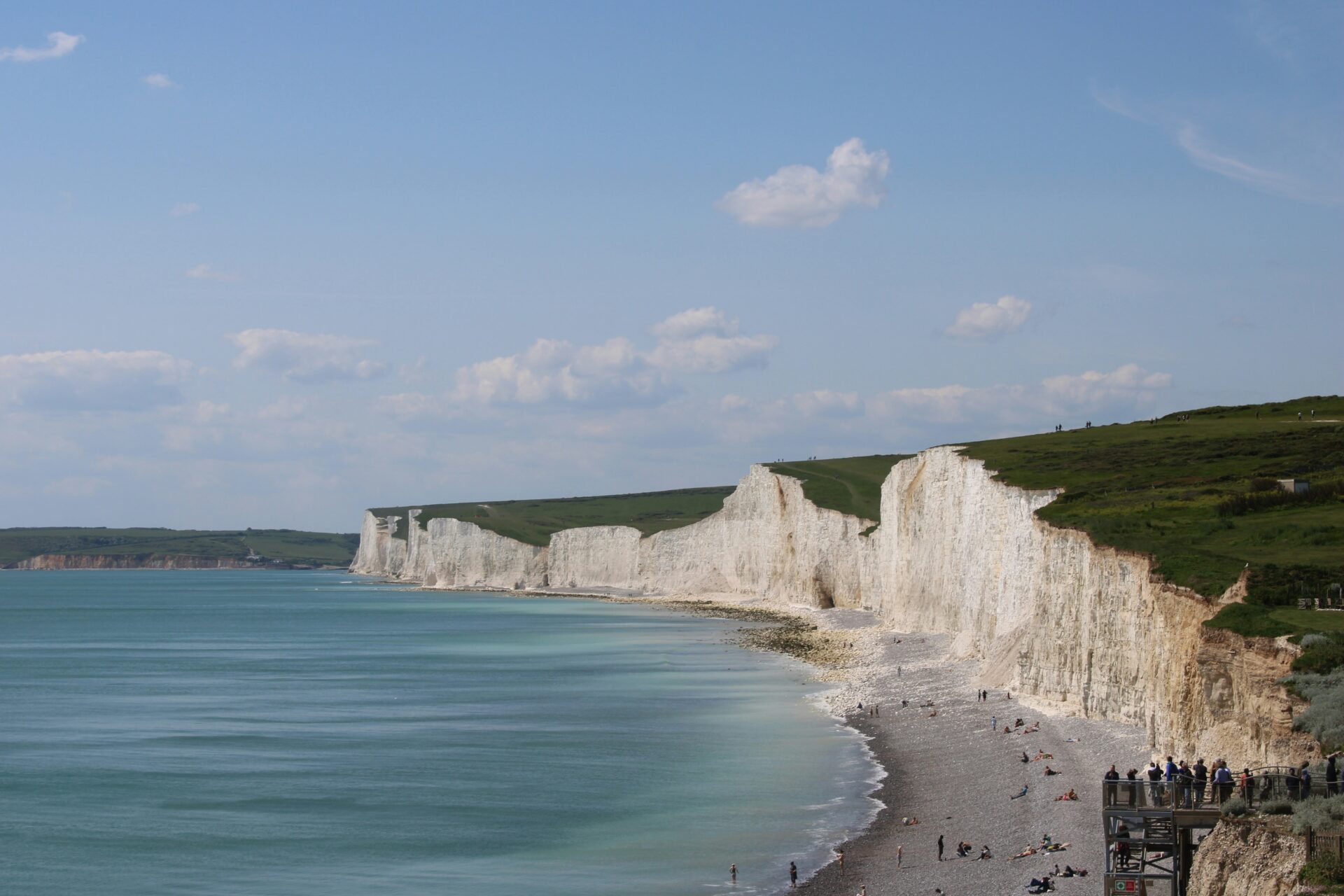
Where Are the Blindingly White Cliffs?
You’ll find these jaw-dropping white cliffs in several places around the world. Each spot offers its own views and experiences if you’re after dramatic coastal landscapes.
Geographic Location
The White Cliffs of Dover in England are probably the most famous. They rise hundreds of feet above the English Channel, staring straight at continental Europe across that narrow stretch—just about 20 miles from France.
Over in the Caribbean, Sint Eustatius has its own showstopper. The white limestone cliffs curve around the Quill’s south side, and you can spot them from nearby islands or even ships passing by.
Ireland’s Cliffs of Moher aren’t exactly white, but they soar up to 702 feet and show off the wild beauty of Ireland’s west coast.
The chalk at Dover actually comes from a much bigger formation that used to connect England to Europe, way back before the sea rose and split things apart.

How to Get There
If you’re heading to the White Cliffs of Dover, a day trip from London works great. Trains leave regularly from St. Pancras and get you to Dover Priory in about 1-2 hours, depending on the train.
Once you’re at Dover Priory, you can walk (it’s a 40-minute stroll) or just catch a local bus to the National Trust Visitor Centre.
For Sint Eustatius, you’ll need to fly in. Most people connect through St. Maarten, then hop on a small plane to the island’s F.D. Roosevelt Airport.
To reach the Cliffs of Moher in Ireland, I’d go by car or join a bus tour from Galway or Dublin. Driving gives you the most freedom—I loved being able to stop whenever I wanted.

Why Do the Cliffs Look Like They Belong in the Caribbean?
The brilliant white cliffs just don’t look like they belong in Europe or the Med. Their clean, almost glowing appearance tricks your brain into thinking you’re on a tropical island, especially with those clear waters at their base.
Unique Geological Features
These cliffs owe their Caribbean vibe to their makeup—calcium carbonate, just like the beaches I’ve walked in Antigua or Jamaica. When I looked closely, I realized they’re built from the shells of tiny marine creatures called coccolithophores. Millions of years of these little guys piling up gave us these walls.
This chalky stuff gives the cliffs their blinding white look. Unlike coastlines where mud and silt build up, these cliffs stay white thanks to pretty stable geology.
When sunlight hits just right, the cliffs almost glow. It’s the same effect I’ve seen in the Bahamas—honestly, it’s wild.
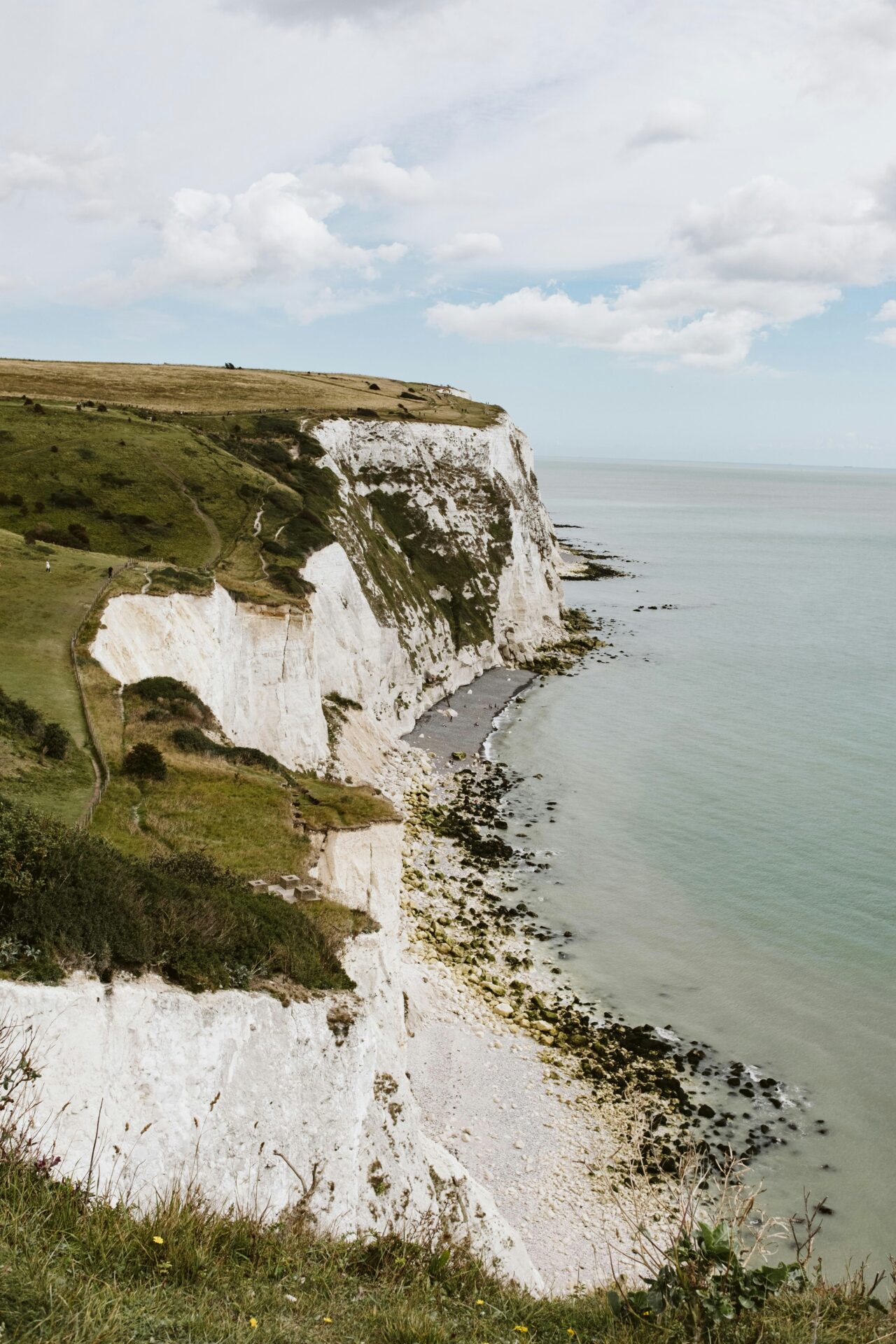
Comparison to Caribbean Beaches
I’ve wandered plenty of Caribbean beaches, and these cliffs really do have something in common with the white sands of Martinique or Antigua. The white against turquoise water is that classic Caribbean scene travel mags love.
In the Caribbean, white sand comes from crushed coral and shells. Here, you get the same calcium-rich stuff—just in cliff form instead of sand.
On a sunny, calm day, the look is nearly identical to any tropical paradise. I’ve watched people do a double-take, thinking for a second that they’ve somehow landed in the Bahamas.
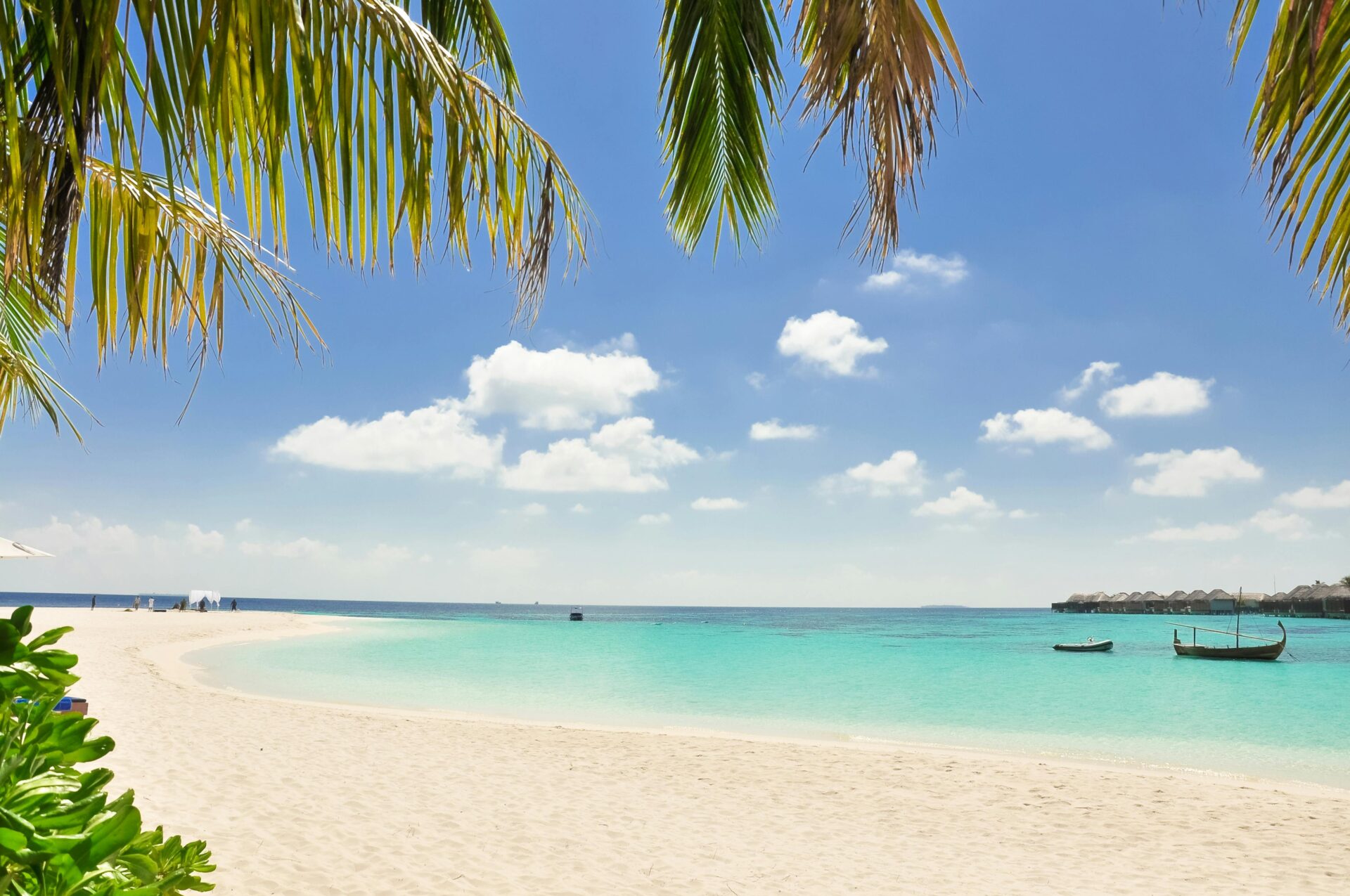
Influence of Waves and Erosion
Waves constantly crash against the cliffs, and I’ve seen how they polish the rock faces, making them shine even more. The cliffs of Negril in Jamaica come to mind—they have that same dramatic, bright look.
Erosion keeps the cliffs looking fresh. As the waves chip away at the base, new white rock gets revealed, so algae and dirt don’t really get a chance to stick.
When the tide comes in, the water turns this amazing blue-green that pops against the white. It’s the same color combo I’ve photographed in the Bahamas and Martinique, where crystal clear waters meet perfect white shores.
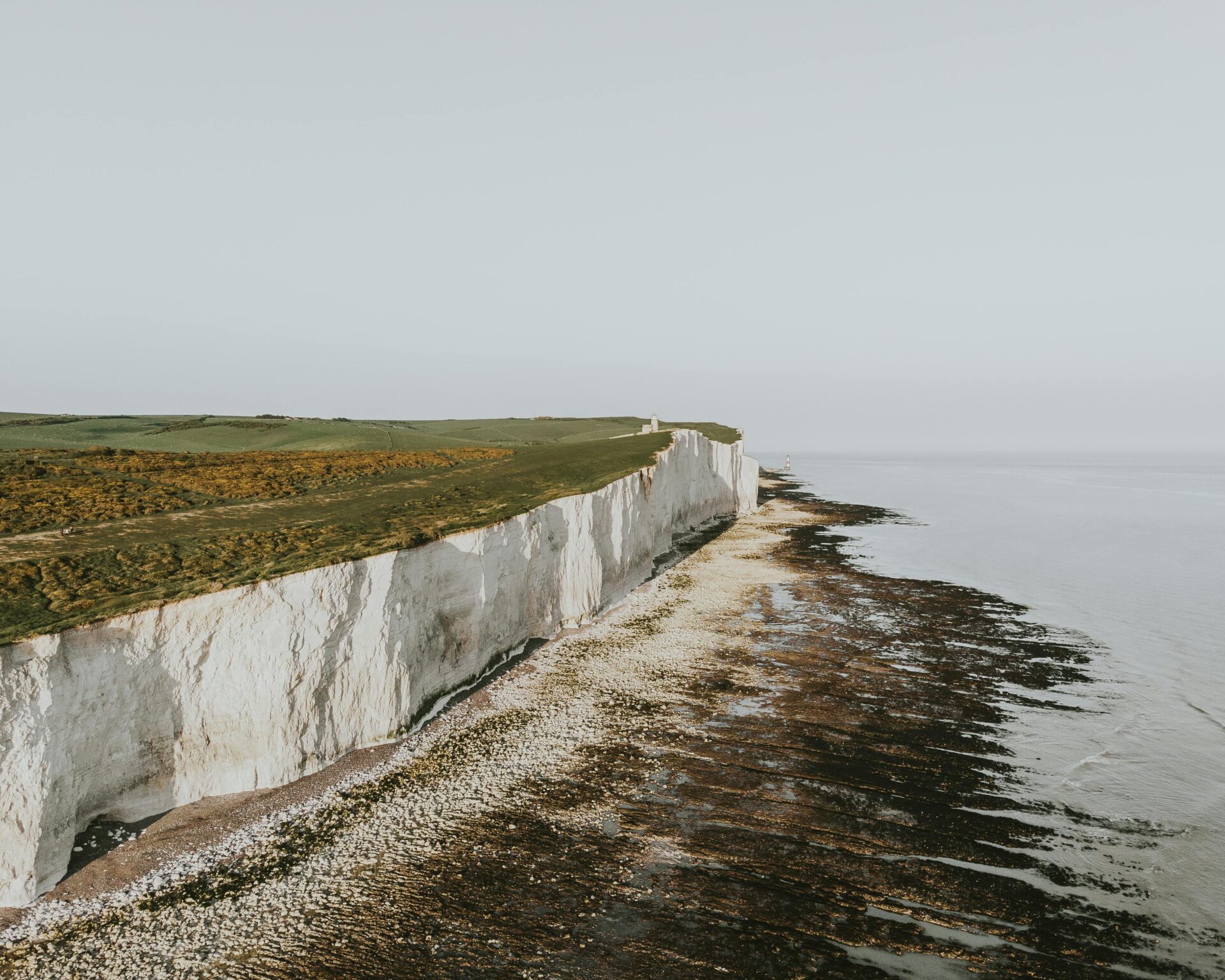
Activities and Experiences on the White Cliffs
There’s so much more to do here than just stare at the view. You can snap photos, swim, explore underwater, or just enjoy a meal with a killer backdrop.
Best Spots for Photographs
Early mornings are magic for photos along the cliffs. The soft, golden light makes the limestone glow and your pictures will really stand out.
For the most epic shots, I suggest the southern viewpoint. The cliffs curve around the water, giving you a panoramic scene that’s honestly hard to beat.
Don’t skip the boat tours. Seeing the cliffs from sea level gives you a whole new sense of how massive they are.
Weather changes fast, so I always keep my camera gear in a waterproof bag. Actually, cloudy days can make for some of the most interesting photos—shadows dance across the cliffs in a way that’s tough to describe.
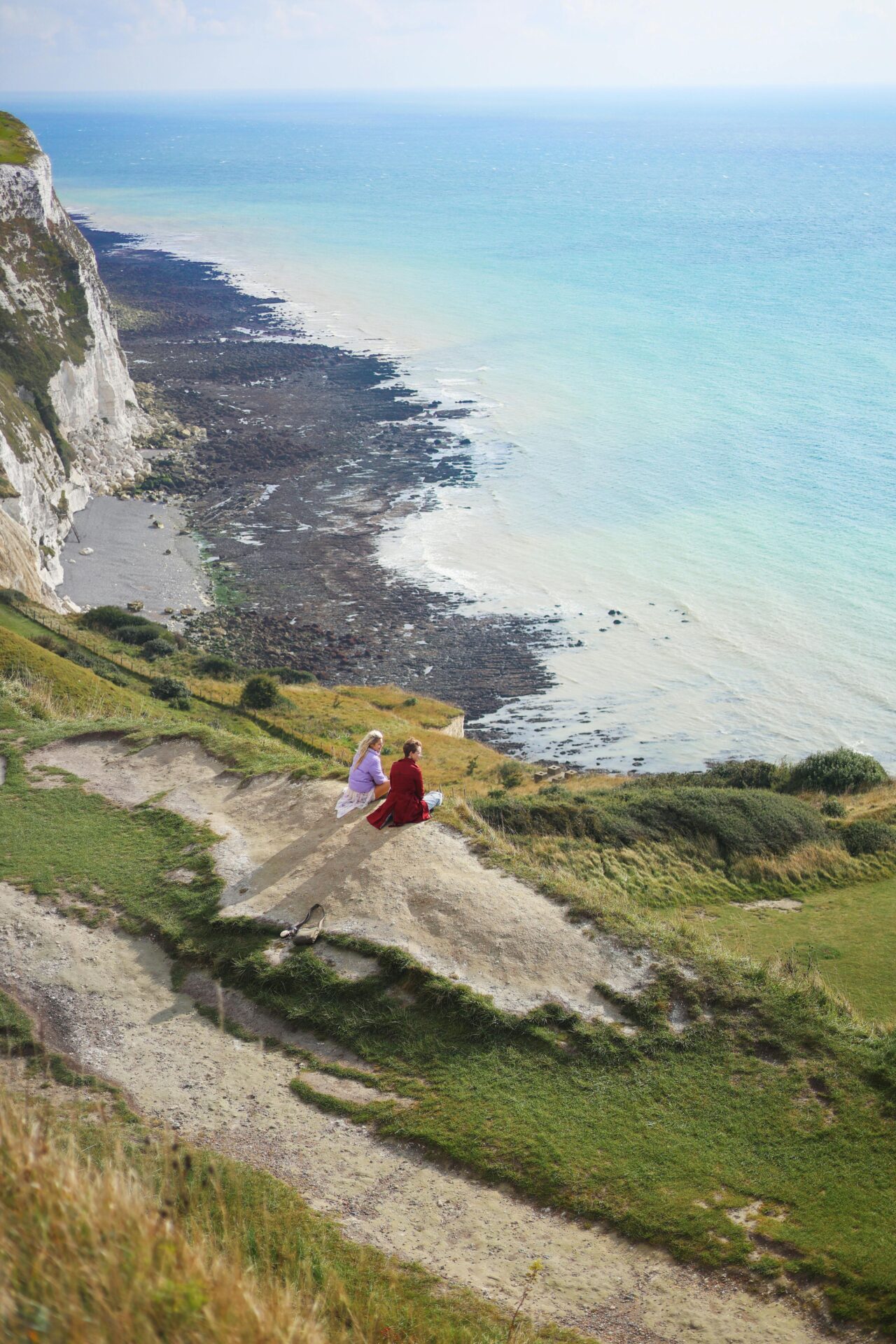
Snorkeling and Water Adventures
The water here is some of the clearest I’ve seen for snorkeling. Visibility often goes past 30 feet, so you’ll spot colorful fish and cool rock formations.
Rent your gear from the local dive shop—they’re helpful and give solid safety briefings. The cove near the cliffs’ eastern edge has gentle currents, perfect if you’re just starting out.
If you’re a strong swimmer, the underwater caves are a real adventure. I’ve spotted starfish, sea urchins, and even the odd small ray down there.
Water temps usually stay between 75-82°F (24-28°C), so it’s comfy almost any time of year. I always wear a rash guard for sun protection, even when it’s cloudy.
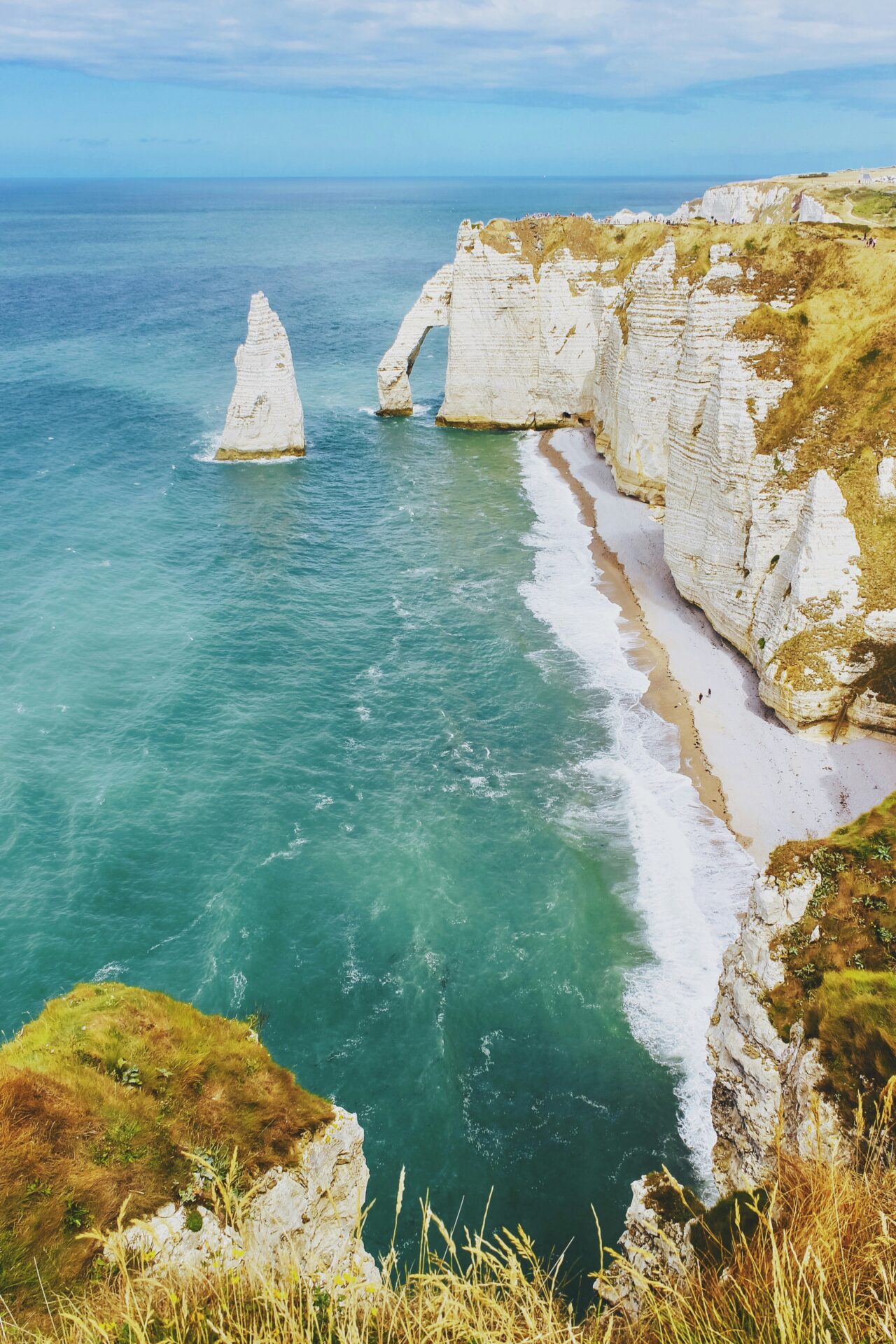
Barbecue and Picnics by the Cliffs
I’ve found a few picnic spots along the cliffs that are just ideal for a meal. Most have stone barbecue pits and wooden tables with views you won’t forget.
Sunset Point is my top pick for evening barbecues. The cliffs turn gold as the sun goes down, and honestly, it feels a little magical. It’s also quieter after 4pm.
You’ll need to bring your own charcoal, but local markets sell handy barbecue kits. I like to keep it simple—fresh fruit, local bread, and some pre-marinated meat.
Take your trash with you when you leave. These cliffs deserve to stay pristine, and it’s on us to keep them that way.

Cultural Traditions and Stories Surrounding the Cliffs
Generations have woven these white cliffs into their stories and traditions. They’re a real gathering point for the community and have shaped local identity.
Local Legends and Motives
Locals talk about these cliffs the way Caribbean folks share Anansi tales. I’ve heard stories about ancient spirits carving the cliffs for their homes, only visible during certain moon phases.
Fishermen still touch the base of the cliffs before heading out, hoping for good luck. That tradition’s been around for centuries.
The love stories here are my favorite. Couples exchange vows near the cliffs, believing the white stone means purity and long marriages. You’ll still see weddings at the viewpoints, and honestly, it’s pretty romantic.
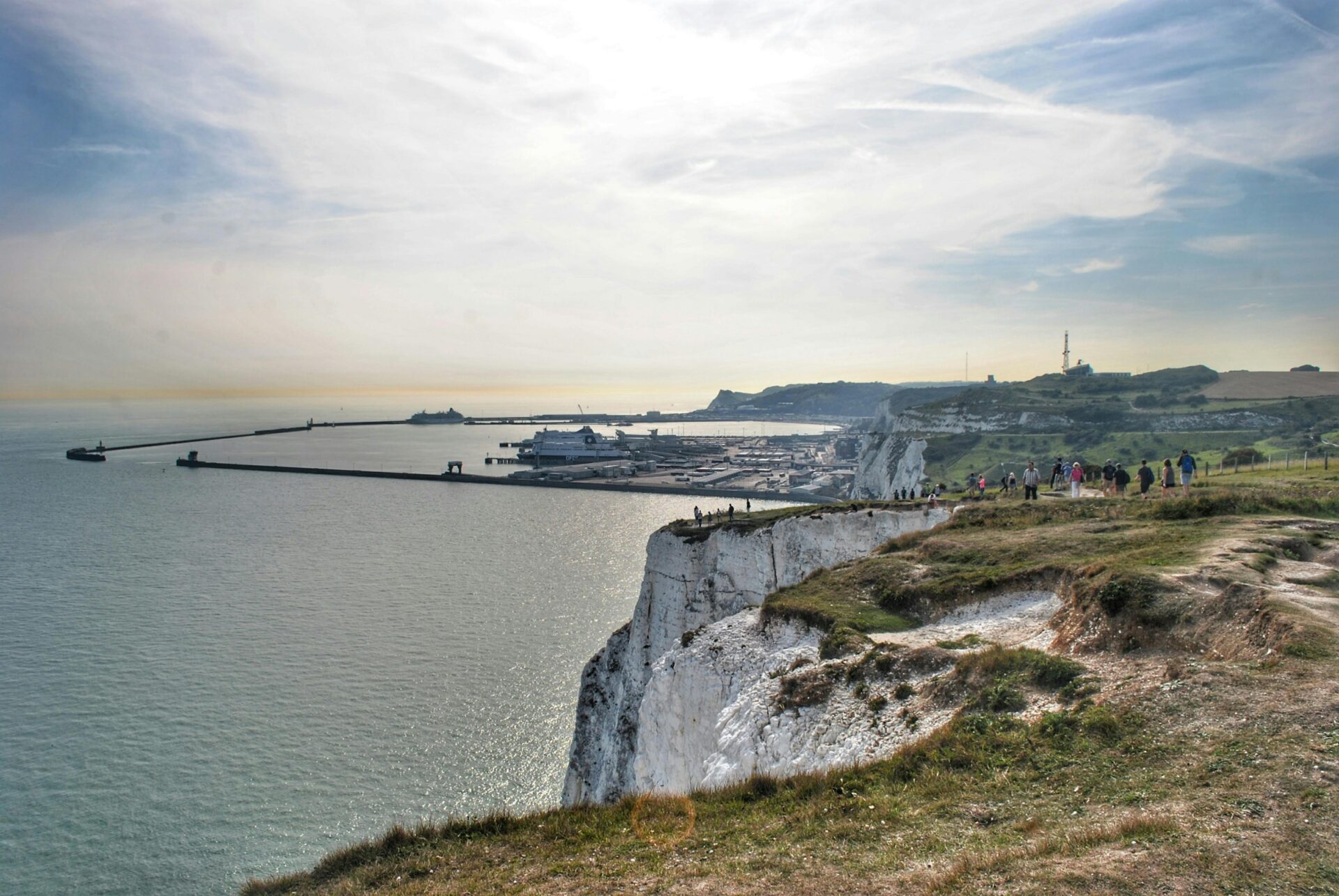
Historical Events and Survival Tales
During wars, people used the cliffs as lookout spots and hiding places. I’ve walked those narrow passages where locals once hid from danger—it’s a little eerie.
One story sticks out: in 1879, the merchant ship “White Lady” crashed here during a storm. The cliffs actually sheltered 23 sailors and saved their lives.
Resistance fighters used the cliff caves to meet and stash supplies during conflicts. The bright white faces even served as landmarks for soldiers and sailors trying to find their way home.
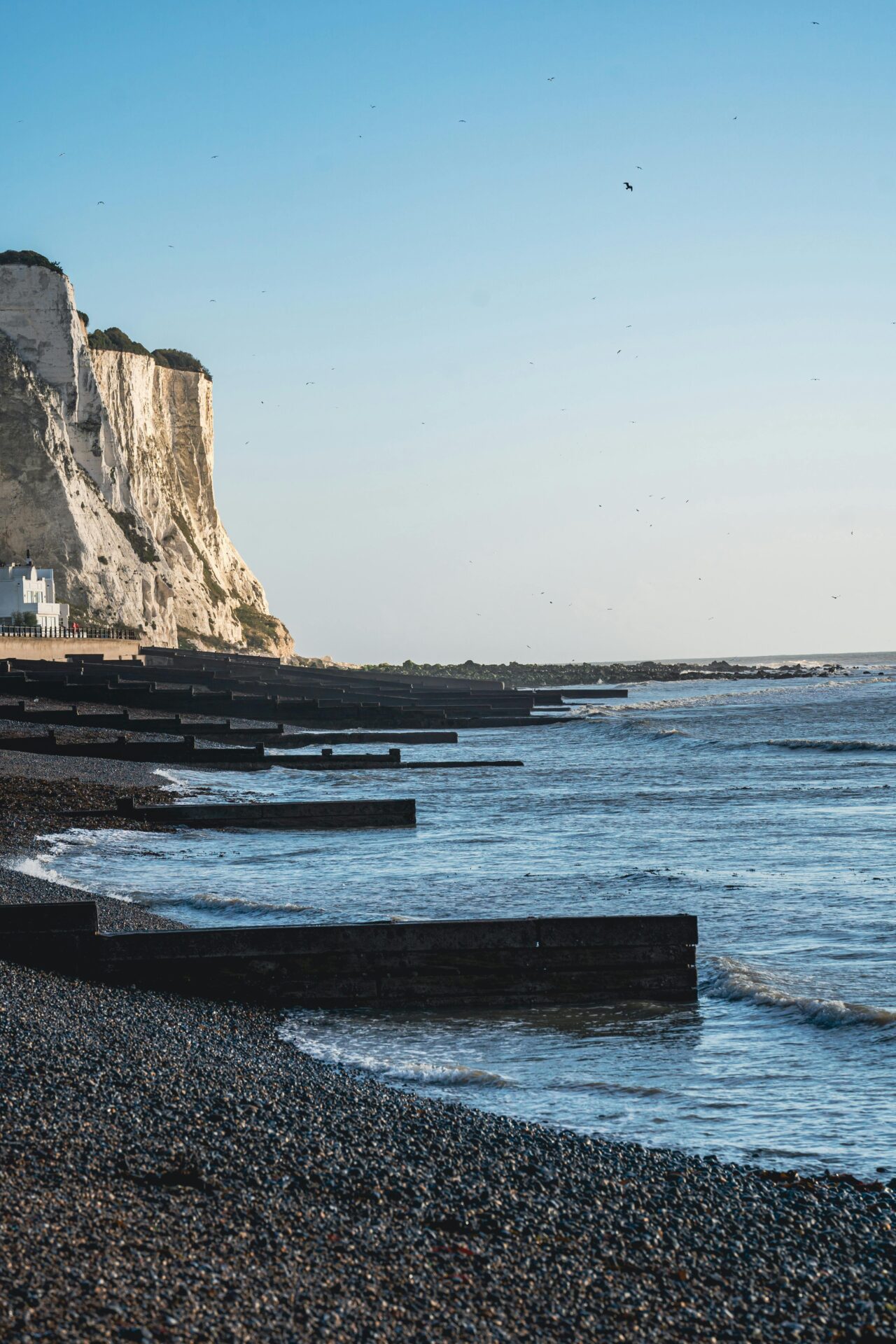
Courthouse and Community Gatherings
There’s a natural formation in the cliffs that looks like a judge’s bench, so people call it the “Courthouse.” Up until the 1940s, locals actually settled small disputes there!
The flat area below becomes a party spot during summer festivals. The annual White Cliff Festival is all about music, food, and square dancing—it reminds me of Caribbean celebrations I’ve read about in Costa Rica.
Community elders still gather here to tell stories and pass down history. The way the cliffs echo makes it perfect for music and tales—kind of like a natural amphitheater.
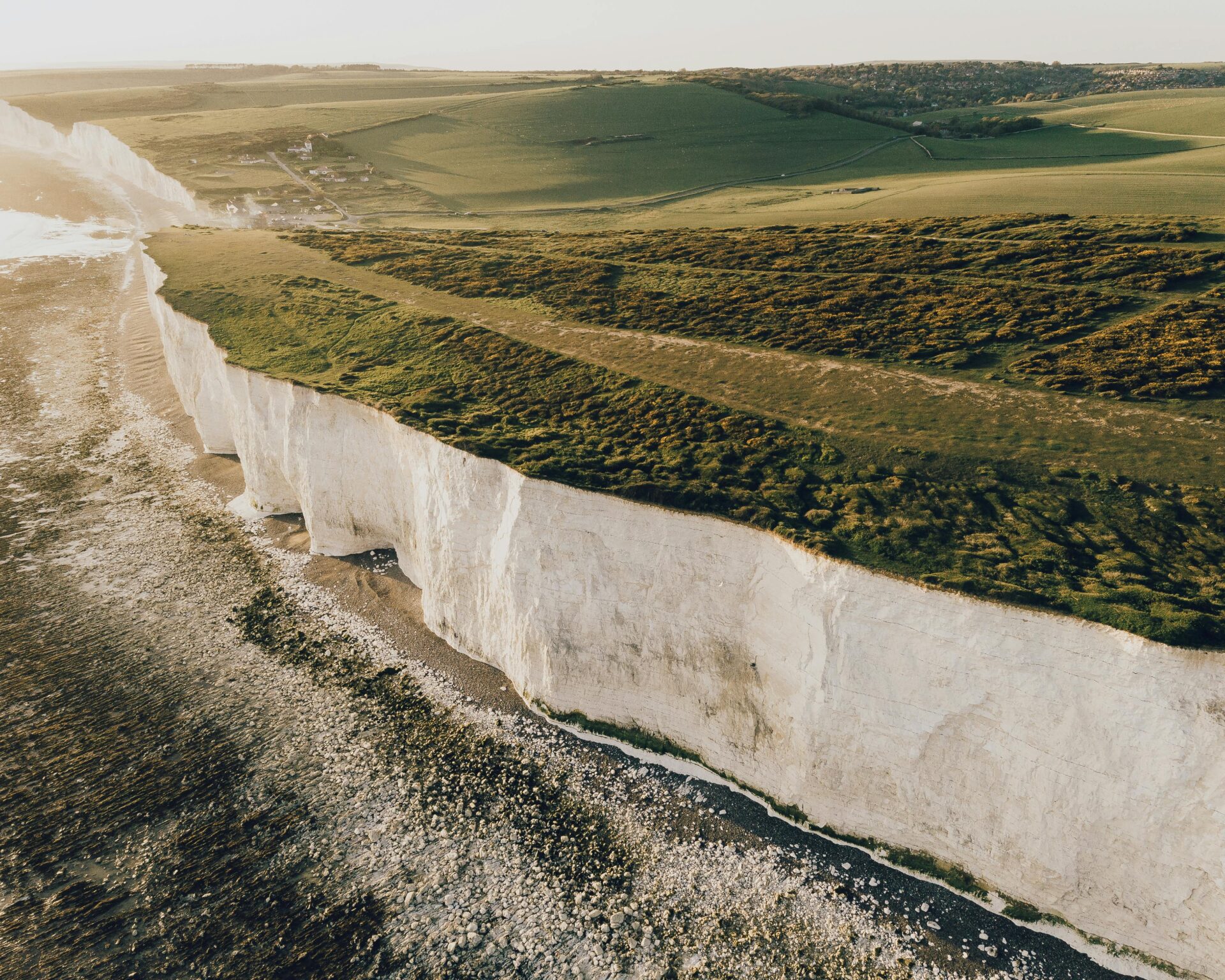
The Cliffs in Media and Popular Imagination
These cliffs have grabbed the attention of photographers, filmmakers, and travelers everywhere. They’ve become icons of both natural beauty and local culture.
Reporters and Notable Coverage
Lately, I’ve seen more media coverage about these cliffs. National Geographic featured them in their “Natural Wonders” series, with photos of tiny people walking across the endless white.
Travel + Leisure put them in their “Top 10 Most Photogenic Natural Formations” for 2024. The contrast of white cliffs and blue water is a hit with Instagrammers.
BBC Travel’s “Hidden Treasures” did a 20-minute segment on the cliffs, digging into their geology and their place in the local community.
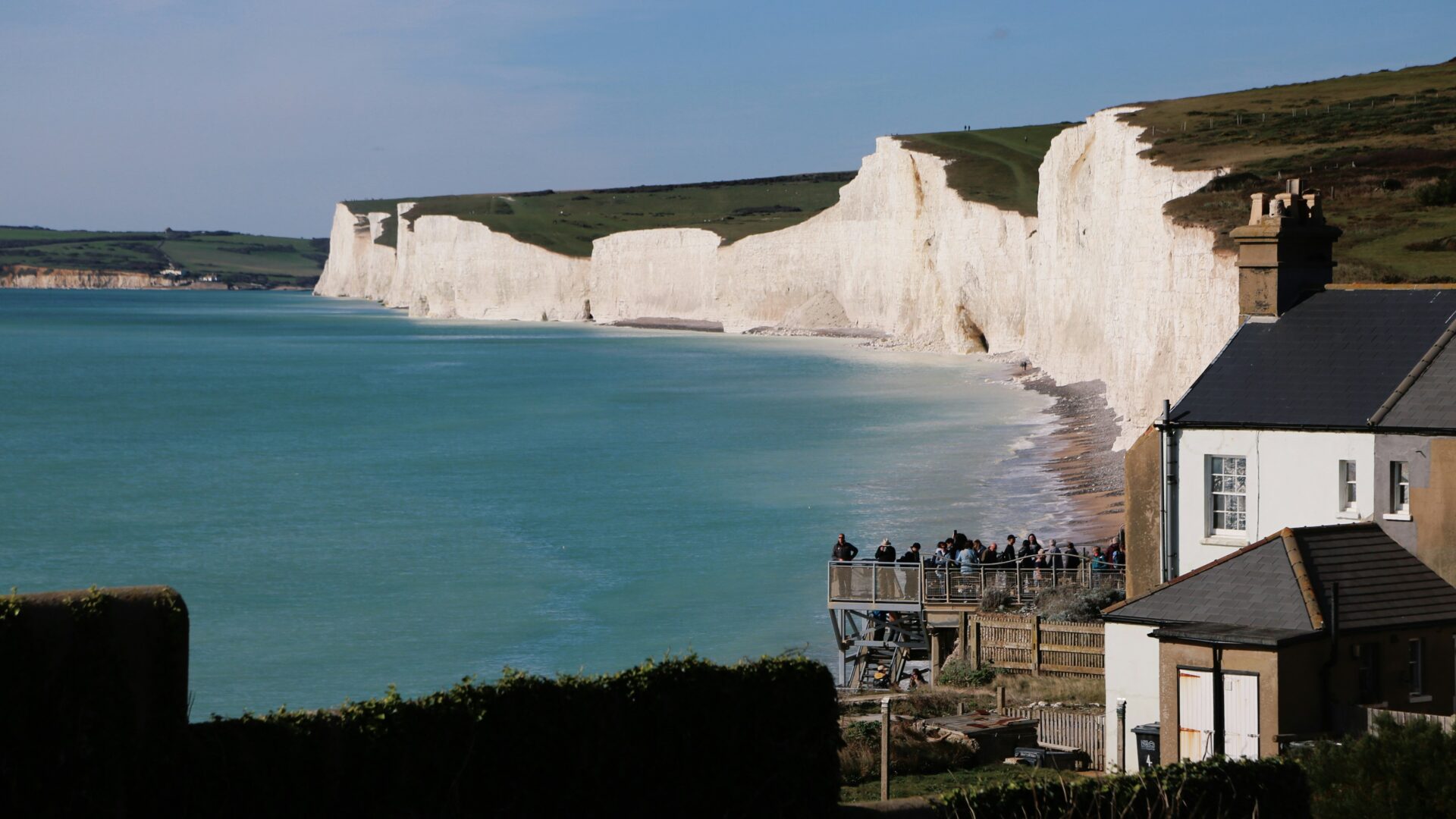
Media Portrayals and Conspiracies
Their almost alien look has fueled some wild theories online. I’ve stumbled across YouTube videos claiming the cliffs are proof of “alien origins” or ancient tech—yeah, it gets weird.
The cliffs have shown up in movies too. The 2023 sci-fi film “Beyond Horizons” used them as an alien planet, and Maroon 5’s “Coastal Dreams” music video brought even more attention.
Some forums claim the government is hiding rare minerals or tech in the cliff caves. No proof, but it sure adds to the mystery.
Making New Memories for Visitors
Travelers I’ve met often call their first view of the cliffs “breathtaking” or “surreal.” Some people start personal rituals here—collecting stones (if it’s allowed) or writing messages in the sand.
Local guides now offer sunrise yoga on the cliffs and night photography sessions when the white rock seems to glow under the moon.
Wedding photographers come here more and more. About 50 couples a year pick this dramatic backdrop for their ceremonies and photos.
The cliffs look different depending on the time of day. If you can, visit more than once—you’ll get a new experience every time.
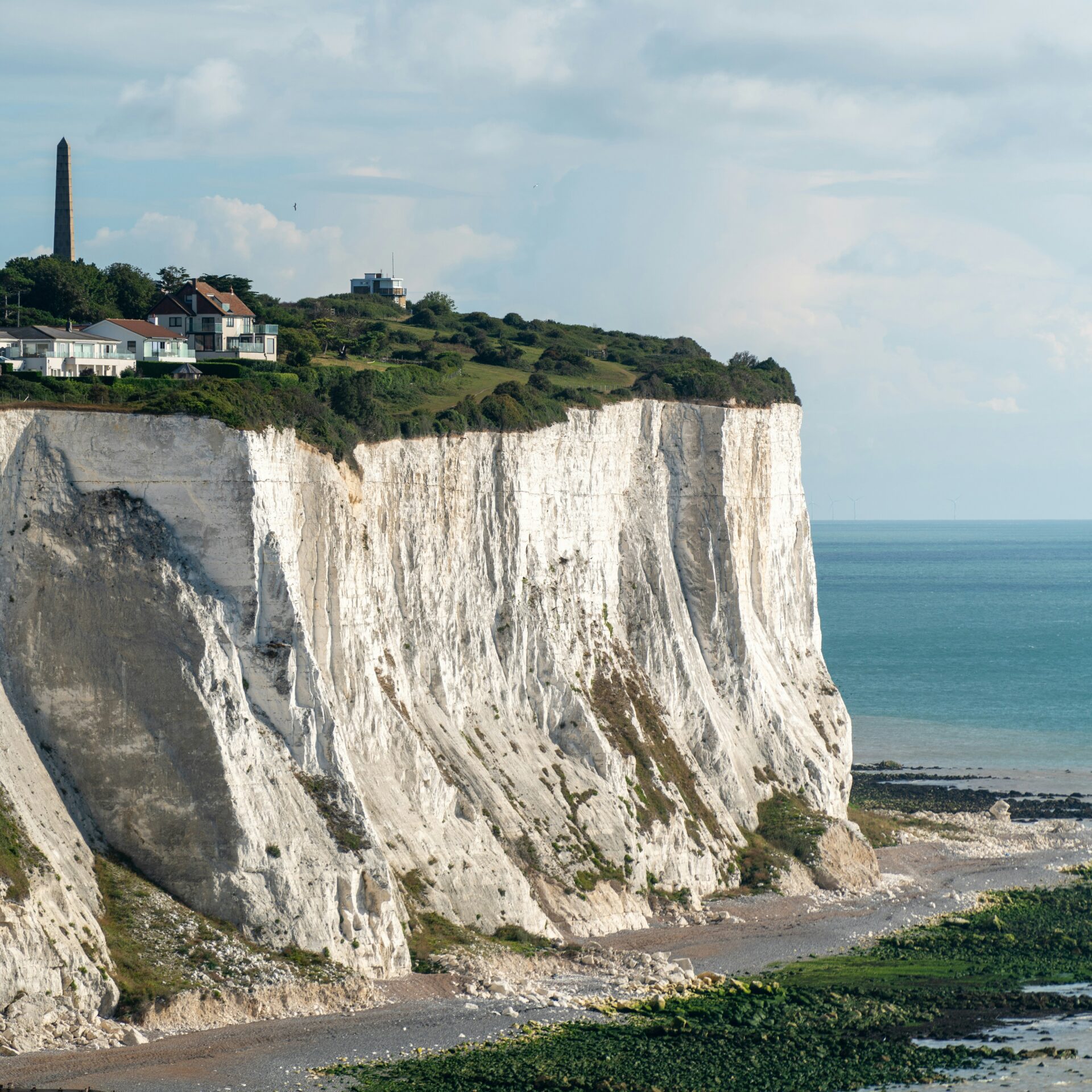
Practical Tips and Safety Considerations
If you want to visit these stunning white cliffs, a little planning goes a long way. The environment is unique, but with some prep, you’ll have a safe and unforgettable trip.
Dealing With Sun and Pain
I always pack plenty of sunscreen when I visit these white cliffs. The limestone reflects so much sunlight that you end up getting double the exposure!
SPF 50+ is non-negotiable for me. I reapply it every couple of hours, otherwise, I end up with a nasty sunburn.
Wide-brimmed hats and decent sunglasses with UV protection? Absolutely essential. The glare bouncing off the rocks can get seriously intense—trust me, you don’t want to squint your way through the day.
Don’t forget proper footwear. I once wore flip-flops here (big mistake). Grippy walking shoes make all the difference and save your feet from scrapes or worse.
Bring more water than you think you’ll actually drink. The Caribbean heat is sneaky, and dehydration can hit fast, especially if you’re hiking along those exposed paths.

Understanding Fear and Risk
A lot of people feel a twinge of fear near cliff edges. That reaction is normal—it keeps us from doing something reckless!
I stay at least six feet from any unstable edge, especially after it rains. You really can’t be too careful.
The safety railings are there for a reason, so I stick to marked paths. I never try climbing down cliff faces unless I have the right gear and a guide.
Swimming by cliffs? It can be risky because of strong currents. I always check with locals about safe spots and never swim alone.
On windy days, the gusts on the cliff tops can come out of nowhere. If you’ve got kids with you, keep them close and hold their hands tight.
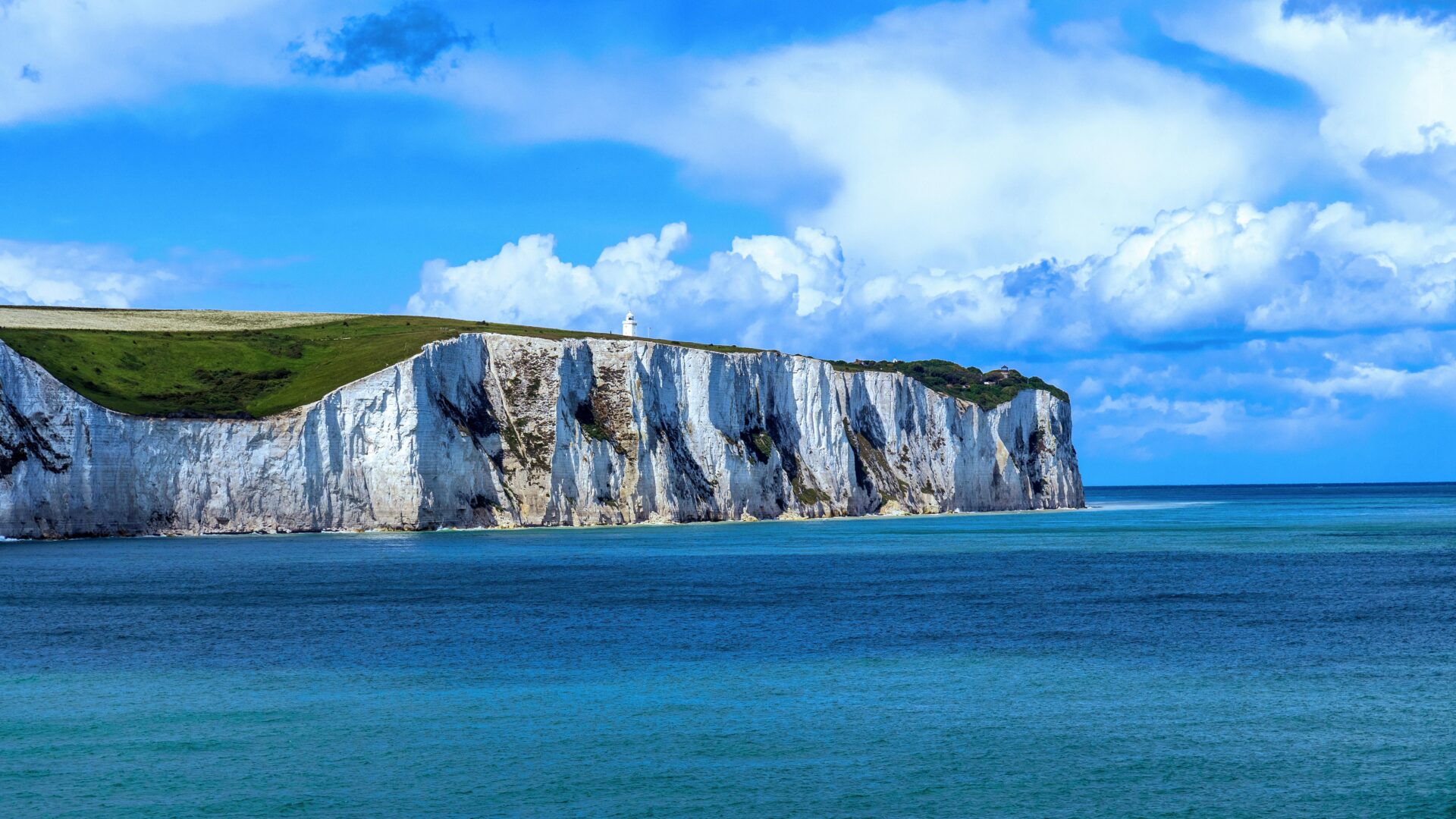
Matching the Right Time to Visit
If you show up early in the morning, say around 7 to 9 AM, you’ll catch that golden light as the sun rises and hits the white cliffs. Photographers especially love this time—honestly, who doesn’t want that glow? Plus, you’ll dodge the worst of the midday heat.
Late afternoon works too, especially if you’re hoping for a killer sunset. Just make sure you wrap things up before it gets dark. Cliff paths get tricky once the light fades.
You’ll find cliff exploration easiest during the dry season, which runs from December to April. Trails stay pretty dry, so you won’t have to worry much about slipping or getting caught in a surprise downpour.
Try to skip hurricane season, which is from June to November. But if you can’t avoid those months, keep an eye on the weather every day and have a backup plan just in case.

